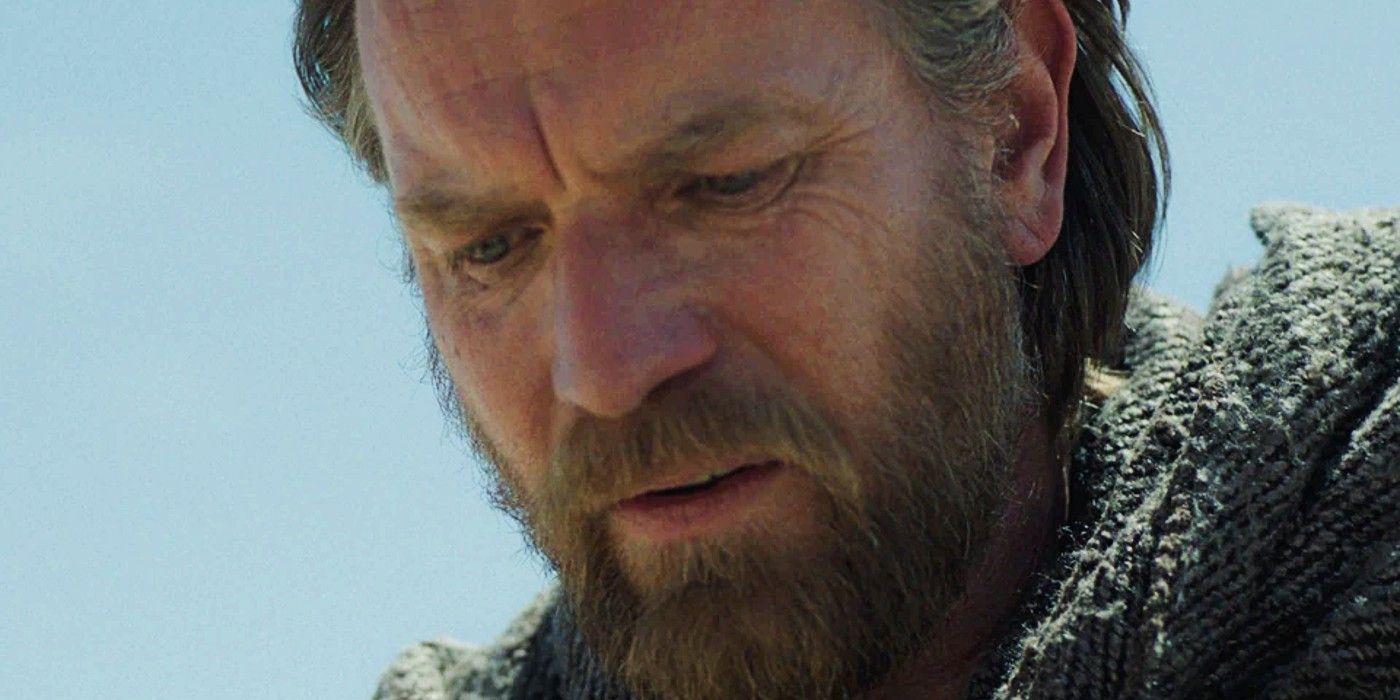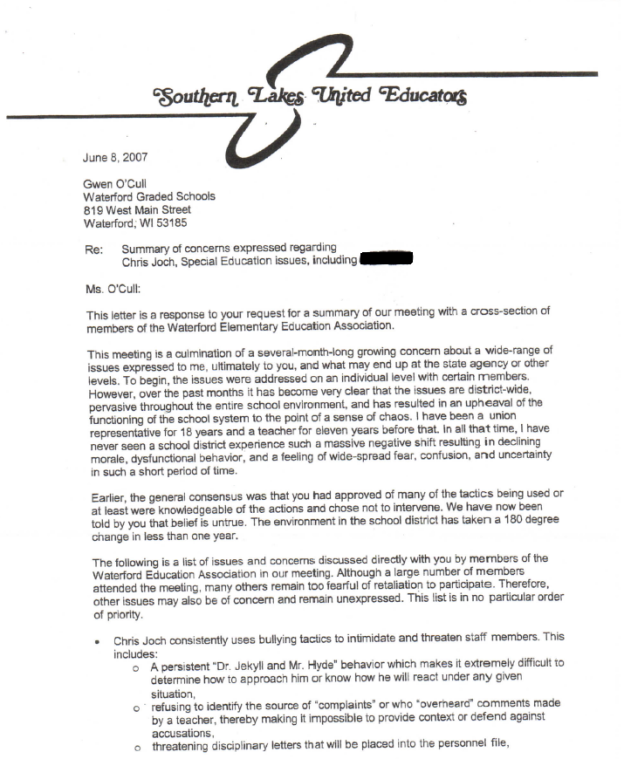

If you haven’t, you are probably wondering: What is screenplay format and how do you write in it? If you’ve ever read or written a screenplay, you will likely be familiar with something known as screenplay format.
SLUGLINE CUTS OFF LAST LETTER FULL
PLEASE READ THE FULL DISCLOSURE FOR MORE INFO. "I" IN THIS CASE MEANS THE OWNER OF FILMDAFT.COM. THIS POST MAY CONTAIN AFFILIATE LINKS, MEANING, AT NO ADDITIONAL COST TO YOU, I EARN FROM QUALIFYING PURCHASES. I’ll have to read more to get an eye for it.DISCLOSURE: AS AN AMAZON ASSOCIATE I EARN FROM QUALIFYING PURCHASES. By that I mean a weaker or amateur script might not get away with frequently naked transitions as a style choice (I could be totally wrong though). It is a really compelling script, though.ģ): I do mention their use of naked transitions as an exception to what Ty advises. It is loaded with camera/crane directions that I’m sure I couldn’t put in my own scripts (unless I was directing).Ģ): It was, however, their first feature film so I’m not sure they had a ton of street creed to get it greenlit. Three quick, curious notes on Blood Simple:ġ): you’re 100% right about the writing/directing thing. But I’d paint a picture that suggests a film. I mean I wouldn’t go adding a bunch of “AUDIO PRELAP” or “EXREMELY CLOSE ON’s,” or directions like that. Show the reader that you think of the story cinematically and that you hold it in your mind as a film, not a short story or novel. They operate as exceptions to the rule, but I think that’s why we give them special formatting and call them out.Īctually, I think that- to the extent this could be considered directing from the page- you should go for it.

Setting the rule raises the bar for breaking that rule, so when I do it’s more effective, I think.Īlso, you’d be right about MATCH and TIME and JUMP-CUTS. It might be because it forces me to obey a natural order of starting with the most general scene description and honing in on the character’s specific reactions to the scene as it unfolds. I have to say I’m not exactly sure why this is, but I’ve felt like having the transitions contrast each other is more satisfying. He pointed out that- unless you intend to draw a comparison between two rooms/characters/whatever with something like a match cut- it’ll seem weird if you unintentionally finish and start on two close-ups (or two wide shots). Basically how intimate to the character it should be. In the article, Ty makes a point about how close the parting shot should be compared to the first shot of the next scene. There’s no indication of what visual sets up the following scene. “Naked transitions” mean that the scene ends on dialogue instead of an action description. Also, I’m no editor either, so I hope this doesn’t come off as ass-speak. But now that I'm cognizant of it I see that the naked transitions are a decision made by the writers (adding to the bone raw Southern Gothic vibe), not merely incidental or convenient for page spacing.Įdit: Link didn't post properly the first time right now, and I noticed almost every transition is naked. For example I'm reading Blood Simple by the Cohen Bros. Of course, these are no hard and fast rules. Check for transitions where the final shot of one scene is too similar to the opening shot of the next for no reason.

Check for naked transitions and fix where necessary. (I'll also note that u/tleisher - who authored the article- posted it to Reddit, but that was a couple years ago).īasically: go through and give your script a read through to make sure there's a rhyme and reason behind the transitions. So I found this Medium article from about a year or two ago, and I think it sheds light on a simple trick I hadn't given too much thought to before.


 0 kommentar(er)
0 kommentar(er)
